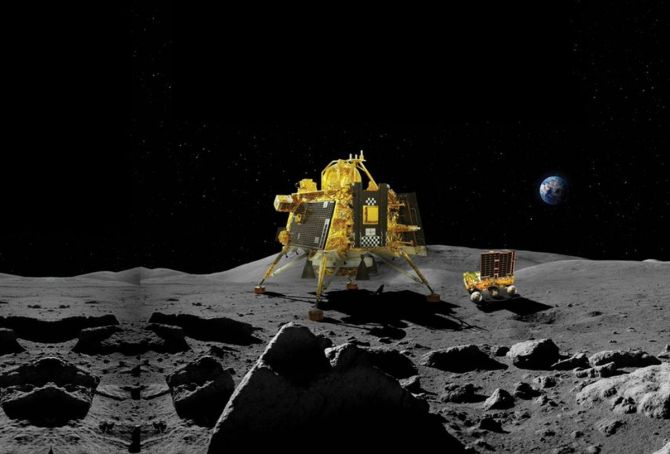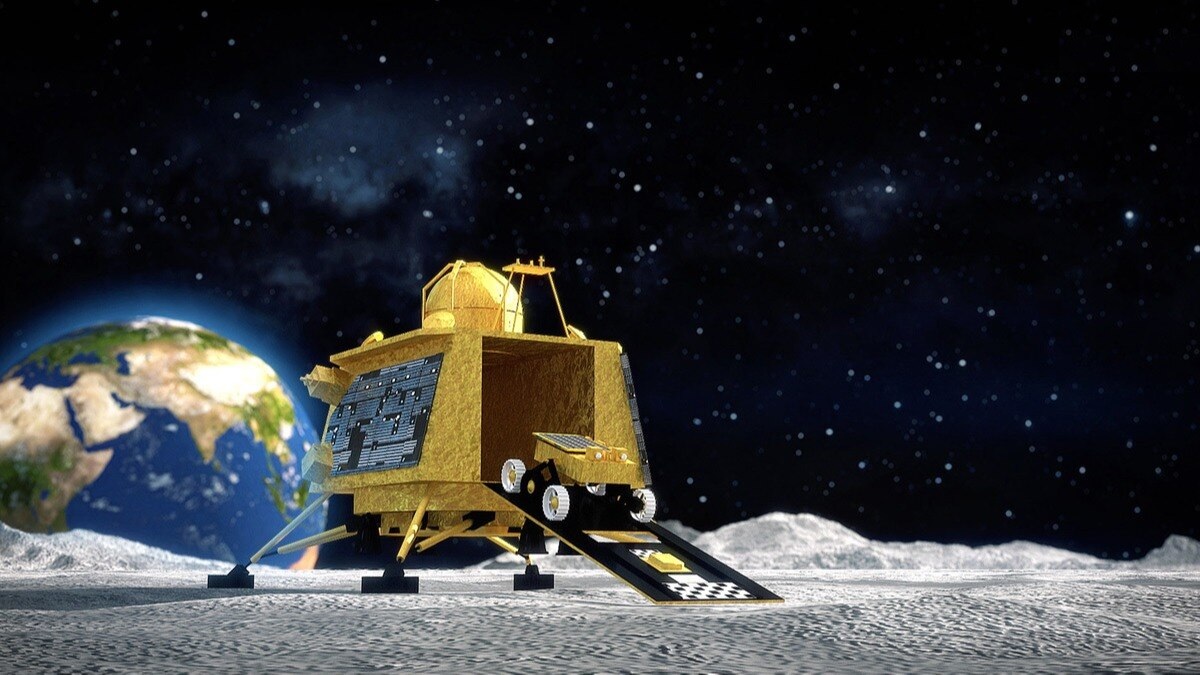India is getting ready for the next phase after creating history on the moon.

A few months ago, India’s Chandrayaan-3 project created history when it successfully set down a tiny rover on the moon. With many more planned, this made India the fourth country to set foot on the moon. The Indian Space Research Organization (ISRO) has returned the Chandrayaan-3 drive section to Earth orbit in advance of a future sample return effort.
India is still relatively new to lunar operations, compared to the US, which has been doing so for decades. The Indian Space Research Organization (ISRO) hopes to carry out more lunar missions as its space program grows, eventually sending samples back to Earth for examination. That will need a spaceship that can return to Earth from the Moon, and the ISRO just so happened to have a fueled spacecraft parked in lunar orbit.
The propulsion module is a tiny box with tiny thrusters on the bottom and a solar panel on one side. The propulsion unit of Chandrayaan-3 has significantly more fuel in reserve than anticipated due to the successful launch in July. The module served as a relay for communication between the surface robots and the Vikram lander and Pragyan rover after they were deployed. In order to find biosignatures that could aid astronomers looking for extraterrestrial life, it conducted surveys of Earth.
The solar-powered rovers and lander were not intended to last for an extended period of time; when the long lunar night drew near, they went into sleep mode. Sadly, they failed to awaken at dawn, leaving the propulsion module idle and with a plenty of spare fuel. The group opted to collect additional data using that fuel. After being carefully moved away from the Moon, the module was sent back toward Earth. To prevent interacting with objects in geostationary orbit, the spacecraft was maintained in a high orbit. The drive module is currently 96,000 miles (154,000 kilometers) above Earth in its orbit.

When it approaches the intended sample return mission, the ISRO might make use of the flight data from Chandrayaan-3. There were other chances to select a little bit more test data than this one. Operators told Vikram to use its thrusters during the first landing so it could do a brief “hop” on the surface. To deliver their samples, future missions will need to send a lander back into orbit, and this is the first stage in that process. The ISRO may now concentrate on the Chandrayaan-4 mission, which has the potential to gather a sample from the Moon as early as 2028, after gaining all the knowledge it could from Chandrayaan-3.



